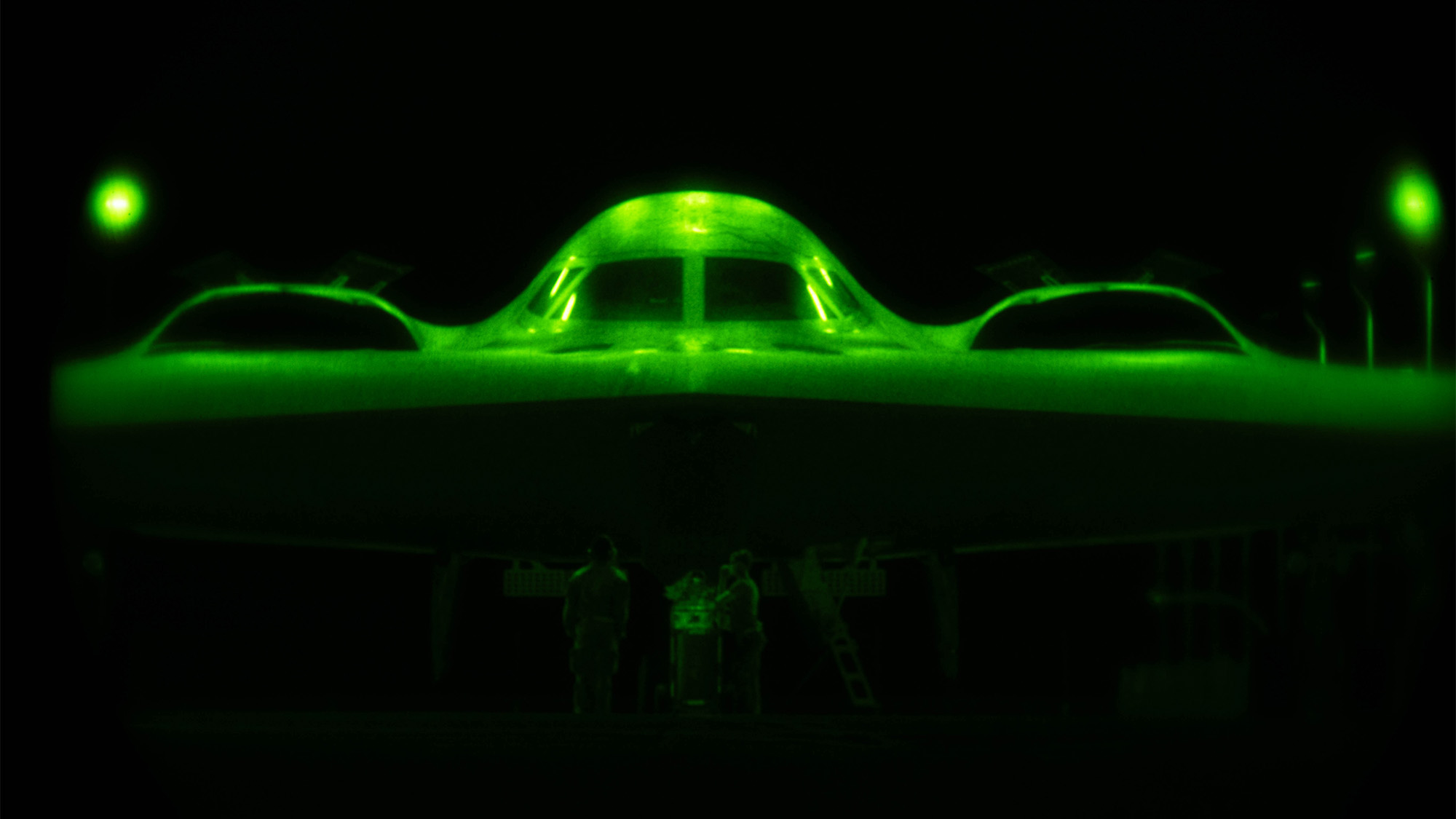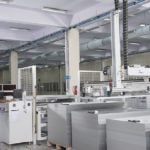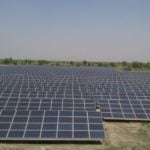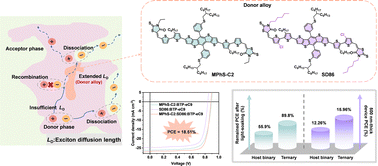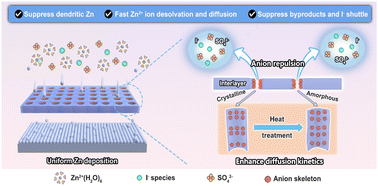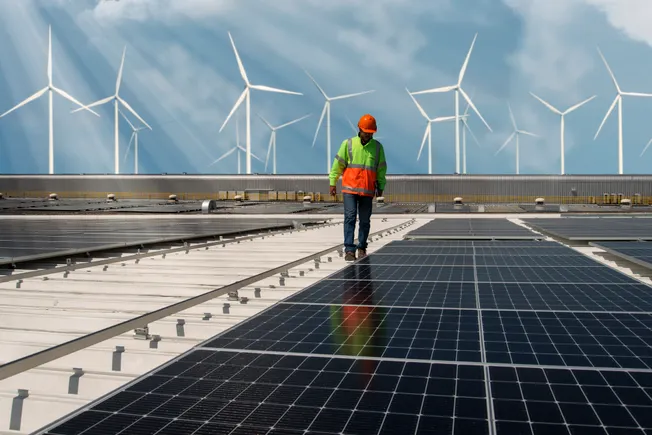Manipulating Zn2+ Depletion Zones and Deposition Kinetics via Self‐Concentrating Micro‐Reservoirs for Ah‐Scale Zn Metal Batteries
Advanced Energy Materials, EarlyView.

A negatively charged zincized hectorite is developed to modify the glass fiber separator, enabling exceptional Zn2+ self-concentration and desolvation capabilities. These properties significantly enhance Zn2+ transport and deposition kinetics, preventing the formation of ion-depleted zones during plating, mitigating side reactions, and promoting directional Zn deposition. Collectively, these features contribute to outstanding electrochemical performance in Ah-scale Zn metal batteries.
Abstract
The glass fiber separator is a critical component in Zn metal batteries (ZMBs), but its disordered pores inadequately regulate the flow of anions and cations, leading to uncontrolled dendrite growth. Herein, the integration of ion self-concentrating zincized hectorite (Zn-HEC) layers into the separator is introduced and their crucial role in managing ion distribution and solvation on the surface of the Zn anode during battery operation is revealed. Density functional theory demonstrates that Zn-HEC possesses a notable Zn2+ self-concentration capability, acting as microzone Zn2+ reservoirs that promote rapid and even Zn2+ transport. This feature prevents the formation of Zn2+-depleted zones during Zn deposition. Moreover, the incorporated Zn-HEC effectively curtails the migration of SO4 2− and significantly minimizes the desolvation barrier of hydrated Zn2+. Consequently, Zn-HEC facilitates uniform Zn deposition along the (002) crystal planes of the Zn anode, enabling a lifespan of over 2000 h at 20 mA cm−2 for 5 mAh cm−2 and a cycle life of 500 h at an extraordinarily high rate of 50 mA cm−2 (10 mAh cm−2). Moreover, the I2||GF@Zn-HEC||Zn pouch cell with 1.6 Ah capacity exhibits outstanding cycling stability for 200 cycles. This study introduces a new approach for optimizing Zn deposition in next-generation ZMBs.





































































































